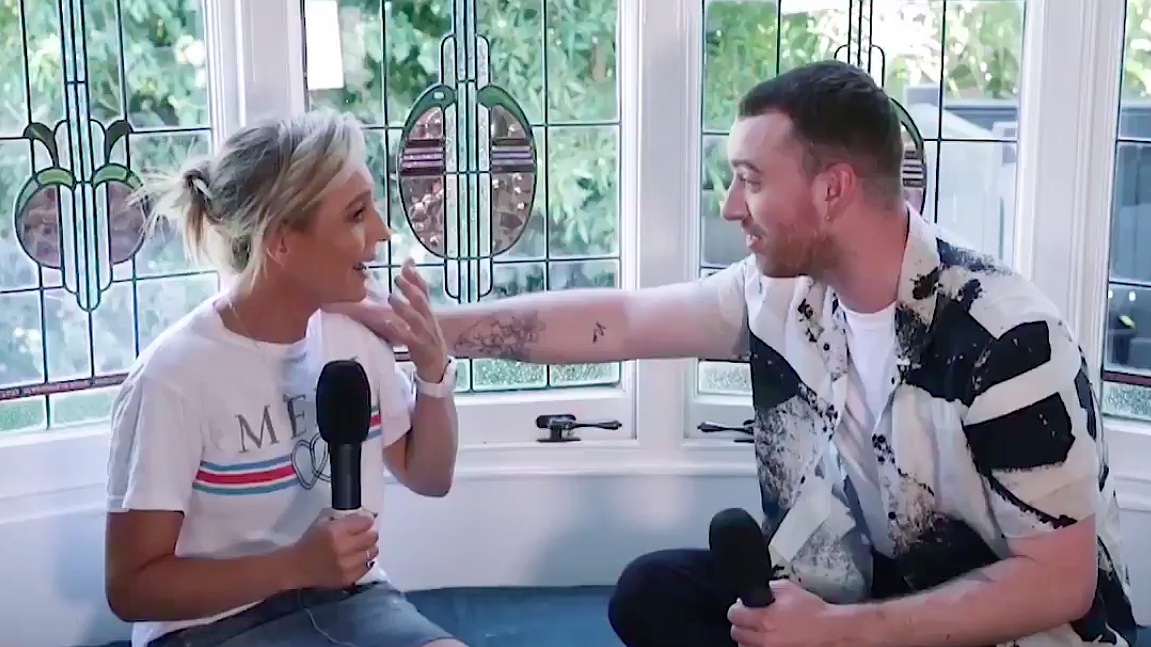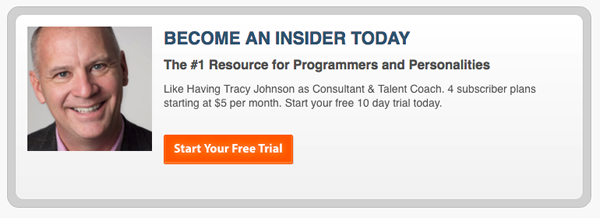Tracy Johnson’s tips for planning a radio stunt

Doing big stunts can be great fun. They create entertainment value for the audience and can generate media coverage that spreads your brand beyond your audience reach.
But whether you’re arranging a radio stunt as a major event or a small one, planning is the difference between success and failure.
Planning a stunt in detail can help you avoid embarrassment and increase the chances of staying out of trouble! The radio station (now off the air) in Sacramento could have avoided most of their issues if they had thought the consequences of their Hold Your Wee for a Wii promotion last month.
Here are the things to consider when preparing a stunt promotion.
Does It Fit Your Personality?
Before you consider a stunt, make sure it fits into your personal brand. Is it consistent with your mission statement? Does it help advance the character traits you’re trying to put forward? And how will the audience receive it? WIll it appeal to your audience persona? No matter how great the stunt, if it doesn’t fit your brand, don’t do it!
For example, many stations have staged variations of “What’s the craziest thing you’d do for (prize)” stunts. Listeners usually compete for a large prize by performing outrageous and sometimes dangerous acts. It almost always gets noticed, and usually gets media coverage. But it routinely produces positive benefits for personality brands. Usually, listeners are left with the impression that “Radio listeners are weird and that personality is immature.”
There are better, more creative ways to capture attention and create coverage, but it takes a little more creative effort.
Planning a Radio Stunt For Dramatic Moments
Every stunt should be carefully crafted to inspire a sense of anticipation or suspense, building to a climactic finish. The stunt is a story, told through an event, and all of the principles of telling stories apply to the planning process.
The best way to do this is starting at the end, with the Pay Off. What do you want the outcome to be? What is it you want the audience to remember? Then build in a Hook to get listeners invested in the stunt story.
Then fill in the details through Set Up and Dress Up, turning up the volume on the details that point to the Pay Off.
Set A Goal
A goal adds the elements that allow you to tell your story with drama to reach the conclusion.Once you decide to take on a stunt like suspending the morning show from a crane to get food for the homeless, set a goal. Just putting them up for three days to “see how much they can get” won’t generate nearly as much interest as setting a target. A specific goal like “We’re staying trapped on the crane until we get donations of 100,000 pounds of food” establishes a goal and adds interest.
Another way to set a goal is with a finish line “or else”. For example, “The show must raise $25,000 to grant the wishes of critically ill children by this Friday at 10am or they’ll lead a parade down Main Street wearing only their pyjamas and playing The Bunny Hop song a kazoo.”
Think Visually
As personalities, you’re storytellers. You know how to paint a picture with words, and you’re going to need those skills because great stunts are highly visual. Stage the event to attract interest from the audience and media. In fact, most of your time in planning should be devoted to making it a visually-staged promotion.
As you think visually for the crowd you can gather, also consider how it will come off on video. The Ice Bucket Challenge was a great stunt that went viral, and funded a cause. They succeeded in part because there was a purpose, but it caught fire because of the videos being shared online.
When Stunts Backfire
Planning a stunt should reduce the chances of problems, but you can’t protect against every possible problem. Keep in mind that the line of good taste is an ever-changing line. Listeners, public officials and activists are more sensitive than in the past, and are quick to criticise. That may not be a bad thing, but it can spiral out of control. And short-term notoriety can limit long-term success if you don’t manage it properly.
On the other hand, some negative publicity can be a positive, if your target audience loves you for it. I’ll never forget the stunt on 99X/Atlanta when Leslie Framm lost a bet and the pay off was to have her pinky finger cut off. The show took you right to the edge, and many thought it went too far. They included the sound effects of a power saw and created a powerful emotional response from the audience. The beauty of the stunt is you were left thinking it actually happened, but didn’t know for sure. The public was outraged, but their target audience was intrigued and Leslie became an even bigger celebrity because of it. In this case, the negative publicity was indeed a positive.
When your stunt starts to get out of control, get it back on track quickly. Fix small problems before it becomes a major issue. If it is generating negative publicity, don’t point fingers. Immediately take responsibility and outline your plan to address the problem.
If it’s too late to fix the stunt, and it’s going very wrong, end it. Don’t keep going and hope it’ll get better. It won’t. You may lose the opportunity to capitalise on the stunt you had planned, but you’ll live to “fight another day”.
Conclusion
Stunts never go exactly as planned. Something always happens that will cause you to react in the moment. But being fully prepared will put you in a position to get the most from the event.
Planning a stunt should be the top priority. Execution should be a close second!



